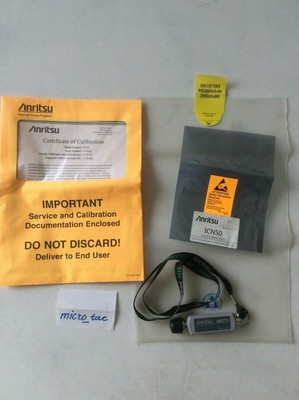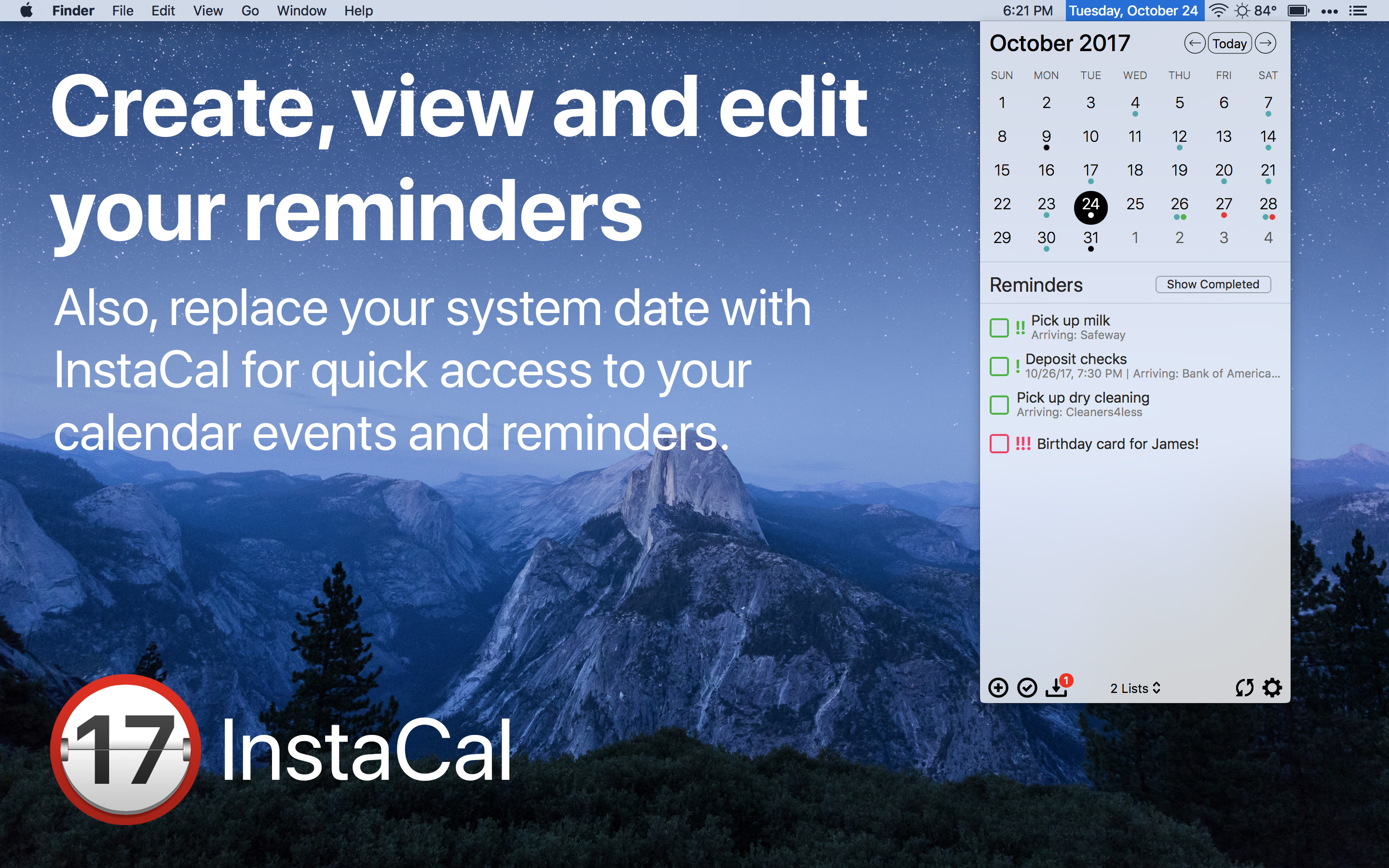
- Instacal manual serial number#
- Instacal manual install#
- Instacal manual driver#
- Instacal manual software#
The cable connections for each configuration can be seen in 4 channel pin-out and 8 channel pin-out. The default configuration is for 4 differential inputs. Measurement Computing's USB-1208FS analog board has 8 analog input lines, which can be configured as 4 differential inputs or 8 single-ended inputs. If you had to do the previous steps as Administrator you can now log back in as a regular user.Ĭonnecting analog signals to the A/D device The hardware should now be all ready to use in CIGAL. It also means you can swap hardware devices if you want, as long as they are the same model and only one is connected at a time.

Instacal manual serial number#
The device serial number is never supposed to change, but ignoring it will save confusion if it does (as mine did several times). \Program files\Measurement Computing\DAQ\CB.CFG).ģ) Change whatever serial number appears on that line to 0.Īpparently 0 means accept whatever serial number is in the device.

To make this change, do the following:ġ) Use Wordpad to edit the configuration text file "CB.CFG"
Instacal manual driver#
To avoid this problem, you can simply tell the driver to ignore the device serial number, which is perfectly okay as long as you only have one Measurement Computing device connected at a time. It turns out that occasionally the serial number stored inside the hardware device changes unexpectedly (power surge, nearby magnet, cosmic rays, who knows?) after which the device driver no longer works until you run the InstaCal program again. However, I recommend doing one more hardware configuration step, not described in the manufacturer's installation guide.
Instacal manual software#
You should now have all the necessay device driver software installed. Once the board is recognized you can close InstaCal. If not, right-click on the PC Board List, select Add Board, and then scroll through the lists to find your device. When the InstaCal window appears it may automatically detect your hardware device. (or double click inscal32.exe in the newly installed program directory C:\Program files\Measurement Computing\DAQ). For this, run the InstaCal program from the Start menu by selecting: Start→Programs→Measurement Computing→InstaCal

Once the files have been installed from the CD and you have connected the hardware cable you will next need to run the InstaCal configuration program to detect your hardware device and load the proper driver. To do so, simply plug its standard USB cable into an available USB port on your computer.
Instacal manual install#
(If the installation wizard asks you whether to include Universal library examples you can click on the icon and say no, or let it install if you don't care.) If you are instructed to reboot your computer after installation, do so.īefore running the next step you need to connect the hardware device to your computer. The install program will copy files from the CD into a directory on your hard drive.

If you want to load other software from the CD you can click the associated option boxes as well. That box should be checked in the dialog window, and all other option boxes can be unchecked. To use this device with CIGAL the only thing you need to install from the CD is “InstaCal & Universal Library”. You should see a MCC DAQ installation window appear. To load that software, insert the CD and start its Install program (may start up automatically, otherwise run Install.exe). The hardware comes with a software CD that contains the InstaCal configuration program and the Universal Library device driver. If you do not have Administrator priveleges you may need to find someone who does in order to do the following steps, which will load the software and install the device driver. To run the one-time hardware installation process you may need to be logged into your computer as a system Administrator.


 0 kommentar(er)
0 kommentar(er)
